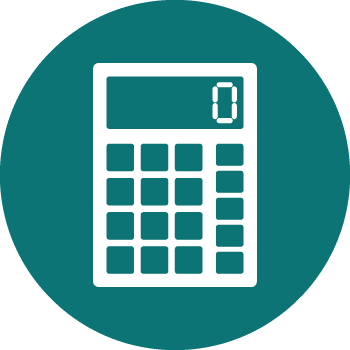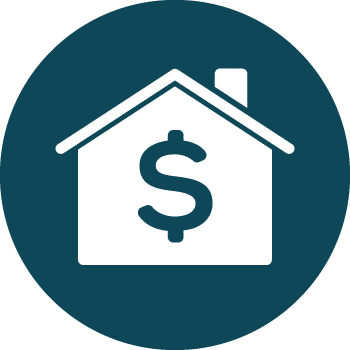30 Year Mortgages & Refinancing
Interest rates make the world go round. And so does debt. Thus, it’s no shock that so many people contemplate refinancing their mortgages. A mortgage is, for most people, one of the largest chunks of debt they’ll ever take onto their credit, save perhaps student loan debt. It’s not just the debt that bothers most folks. It’s the fact that paying down the principal on your mortgage can feel like trying to sprint up the side of Mt. Everest in beach clothing. It’s daunting and if you purchased a house and were locked into a high interest rate or, due to credit issues, were forced into an adjustable rate mortgage, paying off loans under those circumstances can feel like more of a climb than you thought it would.
If you’re searching for a solution for this common conundrum, we have some ideas.
Refinancing
Refinancing is an option that lots of people eventually turn to when they’re in the middle of a 30-year mortgage. It allows you to pay off the existing mortgage and replace it with a new and all-around better mortgage.
Refinancing is attractive for multiple reasons. You can use the money from your house to finance another large purchase, access the funds for a financial emergency, consolidate debt or just reinvent that home equity and bring down your monthly payment. It’s an excellent option for homeowners to gain access to funds that were previously locked up as home equity and do what they see fit with them depending on the direction they see their financial future going.
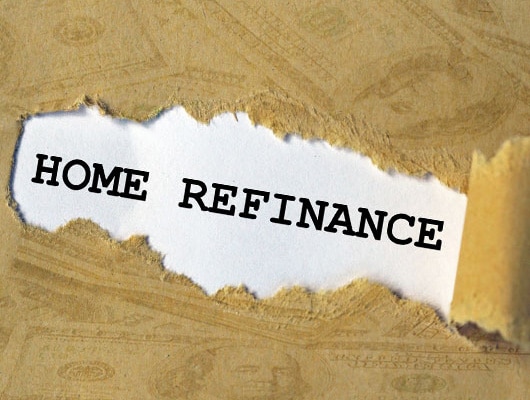
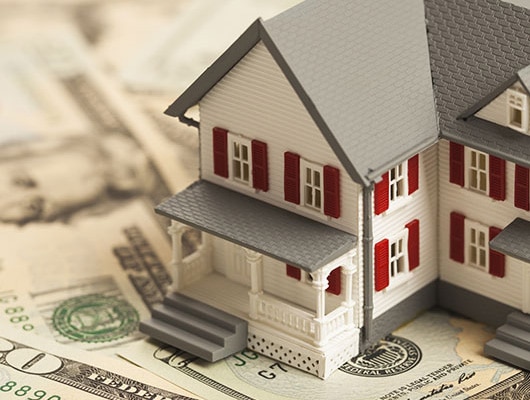
What Does Refinancing Entail?
Refinancing your loan is a little different process than what you went through when you initially bought your home. First, you’ll have to get an appraisal of the house. Then, there will be a title search that you’ll need to pay for as well as application fees for refinancing. Indeed, refinancing ends up costing around 2-5% of the loan’s principal.
Once these steps have been completed, you’ll be able to start evaluating what sort of refinancing terms you’d like. For example, you’ll be able to pick the duration of the mortgage and you’ll be able to get a different interest rate. This can make your home loan more affordable on a monthly and long-term basis.

Already Made Up Your Mind?
Why Refinance?
Most homeowners tend to refinance for a lower interest rate. Let’s say you locked in your mortgage when you bought your house at 5% interest. It’s not a good idea to continue paying that if interest rates drop closer to 2% or something similar. In fact, if you can reduce your interest rate by at least 2% points, refinancing is a great idea for you. Some lenders even recommend 1% savings as a good enough reason to refinance. And, indeed, if you’re paying 1% extra in interest on a 30-year mortgage, that sum adds up incredibly fast. For that reason, it’s widely considered to be a great idea to refinance simply to take advantage of much better interest rates. However, there are other benefits to refinancing, too.
In fact, you could switch to a fixed rate mortgage to protect your home loan from ever-fluctuating interest rates. You could refinance to shorten the term of your mortgage and pay less interest in the long run. Or, you could decide to refinance to bring down your monthly mortgage payment.
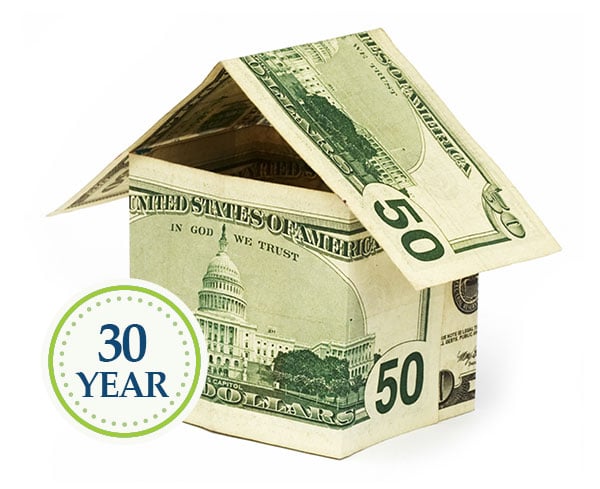
Refinancing a 30-Year Loan

Why Refinance?
Lower interest rates
Converting to a fixed rate
Tap into equity
Consolidate debt
Lower monthly payments
Lower Interest Rates
Convert to a Fixed Rate
Tap Into Your Equity
Consolidate Your Debt
Lower Monthly Payments
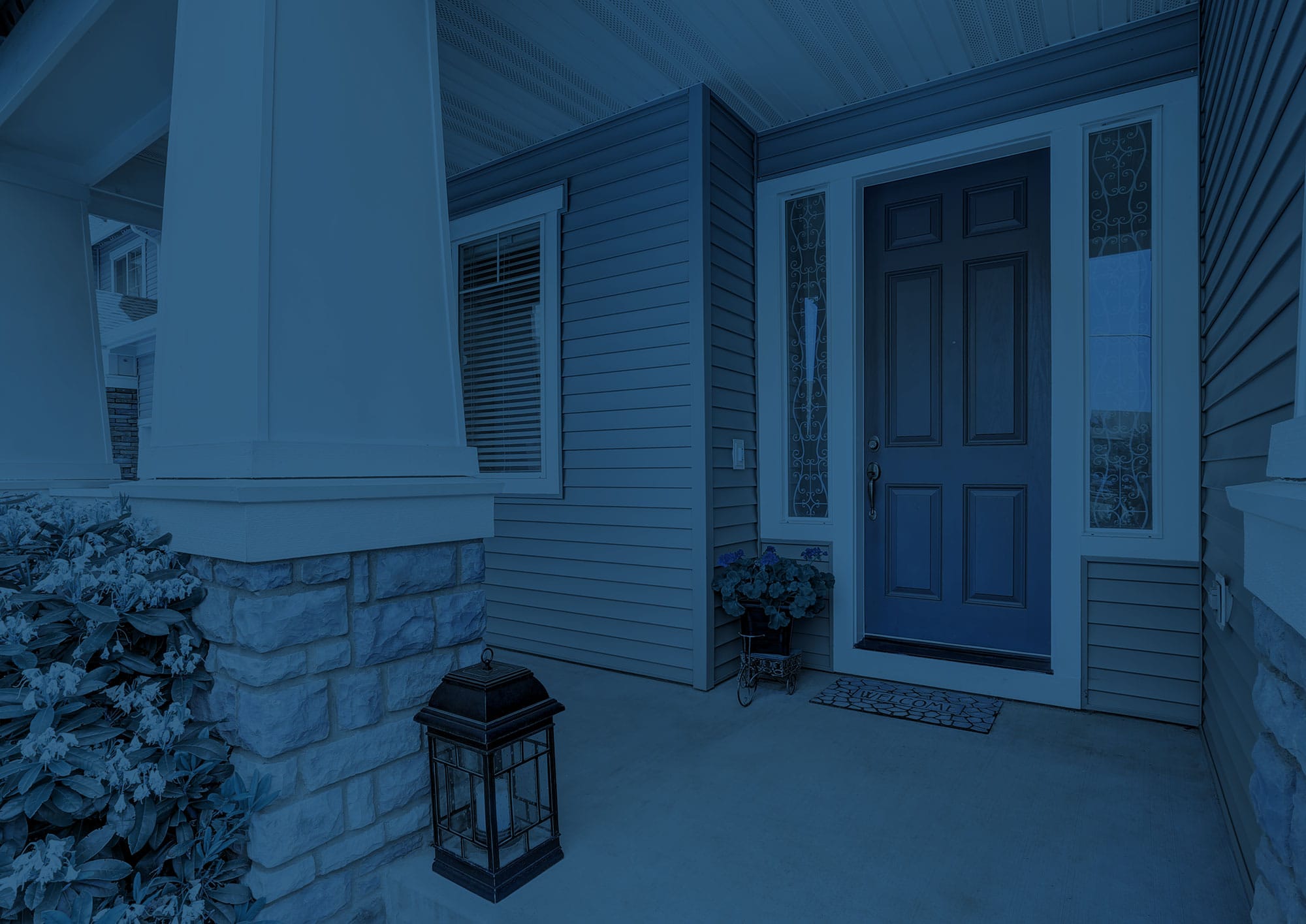
Ready to Refinance?
Start The Refinancing Process Today
Refinancing a home loan is a great financial tool to use to make your financial future look better. If you’re considering refinancing, visit lendingstudios.com. We have a wide selection of lending options available and a suite of calculators and tools that help you understand what refinancing is, what it will look like for your budget, and more. When you’re ready, you can submit your information to connect with the lending options you’re looking for. Get started today.
Mortgage Calculators
Quickly predict your monthly mortgage payment and interest with this customizable tool!
Mortgage Resources
Leverage the tools you need to find a borrowing solution that fits your particular needs and budget.
Mortgage FAQs
Get answers to the most commonly asked mortgage questions.


